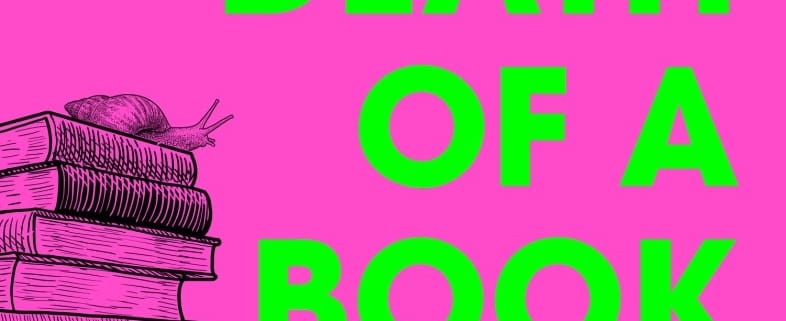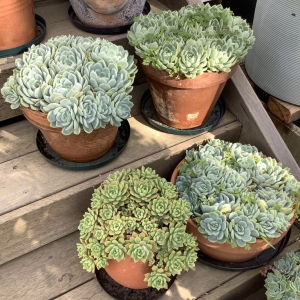Death of a Book Seller
by Alice Slater
reviewed by Wendy Tucker
 There are fashions in books and lately many new novels seem to have the words Bookshop or Bookseller in the title. There are novels set in bookshops in cities, in towns, in villages, in developed and developing countries, during wars and under occupation. Is this because bookshops are cosy happy places and cosy novels are fashionable? There is certainly a demand for cosy crime. At the same time, and seemingly at odds, there is a rise in popularity of true crime. We have podcasts, TV series and books describing, analysing and reconstructing past and recent violent crimes.
There are fashions in books and lately many new novels seem to have the words Bookshop or Bookseller in the title. There are novels set in bookshops in cities, in towns, in villages, in developed and developing countries, during wars and under occupation. Is this because bookshops are cosy happy places and cosy novels are fashionable? There is certainly a demand for cosy crime. At the same time, and seemingly at odds, there is a rise in popularity of true crime. We have podcasts, TV series and books describing, analysing and reconstructing past and recent violent crimes.
With her typing finger on the zeitgeist, Alice Slater combines both of the above ideas in this novel. It is marketed as a dark, unsettling, addictive thriller. It isn’t, and I was neither thrilled nor unsettled. But it was interesting.
It is character driven and told in the voices of the two main characters, both working in a large chain bookshop in the suburbs of London, both depressed and lonely. Our dark character is called by her surname, Roach. Roach is addicted to, fascinated and obsessed by true crime in novels, podcasts and series, especially those about serial killers. She has purple hair, wears black and seems to lack personal hygiene.
Our light character is Laura Bunting. She is blonde, wears vintage dresses and matching ballet flats, has a degree in children’s literature and is a writer of poetry.
Laura is interested in true crime for two reasons; firstly because of a personal tragedy and secondly from a feminist point of view. Why are people interested in serial killers? Why do many become household names? Why do they get marriage proposals and fan letters? Yet the victims’ lives (mainly women) are ignored, as are the lives of their loved ones. Laura wants to make the victims more visible. This becomes the theme of her poetry, and the reason Roach knows of her interest in true crime. Roach misinterprets Laura’s interest and believes that they must be kindred spirits.
And, so, the stalking begins. And the reader is engaged and wondering how it will end. But it’s more a study of these two young single women in modern London and that’s what makes it interesting.
Of course, I also loved reading about the inner workings and culture of a large corporate bookshop, so different from Well Thumbed.


